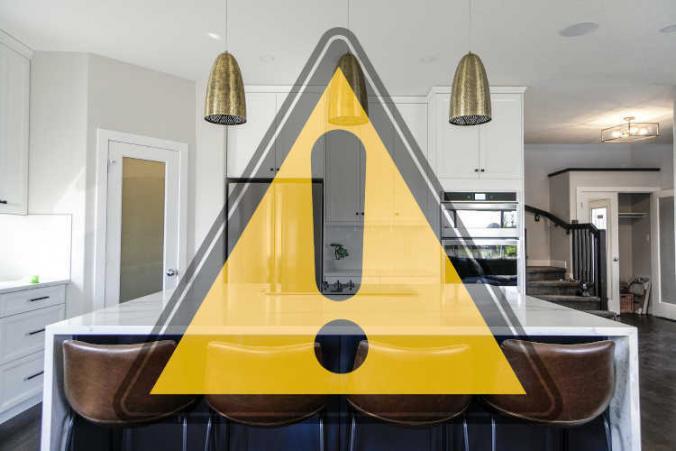Manufactured stone countertops are popular. However, The Department of Labor and Industries (L&I) in Washington State warns that engineered stone fabricators are at risk for developing a severe lung illness called silicosis. Silicosis is an incurable lung disease caused by silica dust exposure. Exposure to this dust may also cause chronic obstructive pulmonary disease (COPD), kidney disease, lung cancer, and increased risk of developing tuberculosis (TB) or other lung infections.
L&I and Silicosis: How did fabricators develop the condition?
The CDC has documented 18 cases of workers developing silicosis in Washington State and 4 other states between 2017 and 2019. The workers had an exposure to silica dust from cutting and grinding engineered stone countertops. Interestingly, the countertops in question are mostly quartz countertops. Two of those cases were fatal.
One case in Washington State was a worker in his 30s. His diagnosis was silicosis, back in 2018. He had been exposed to silica dust for about six years working as a stone countertop fabricator. L&I says he is facing serious health issues and may need a lung transplant.
What are the symptoms of Silicosis?
Usually the symptoms of silicosis appear 15-20 years after exposure. Symptoms can appear earlier in instances of very high exposure to silica dust. Exposure occurs whenever silica dust gets in the air from sawing, grinding, polishing, shaping or installing natural or engineered stone. It also occurs from sweeping dry and dusty floors. Cleaning dusty clothing or equipment covered in silica dust also creates exposure.
As part of its Safety & Health Assessment & Research Program (SHARP), L&I is alerting at risk employees and employers of the dangers of silica dust. L&I warns that engineered stone can contain high amounts of silica. Exposure to that dust makes countertop fabrication a highly hazardous profession.
When should I file an L&I claim for Silicosis?
Early detection and diagnosis of conditions caused by silica dust exposure can make a big difference. L&I recommends that countertop workers talk with their doctor if they are regularly exposed to dust or if they experience breathing problems. Workers should know that developing silicosis from exposure to silica dust at work is probably an occupational disease condition. Workers must file an occupational disease workers’ compensation claim within two years of being notified by a medical provider that they have an occupational disease. More information about preventing silica dust exposure can be found on the L&I website.

Leave a Reply